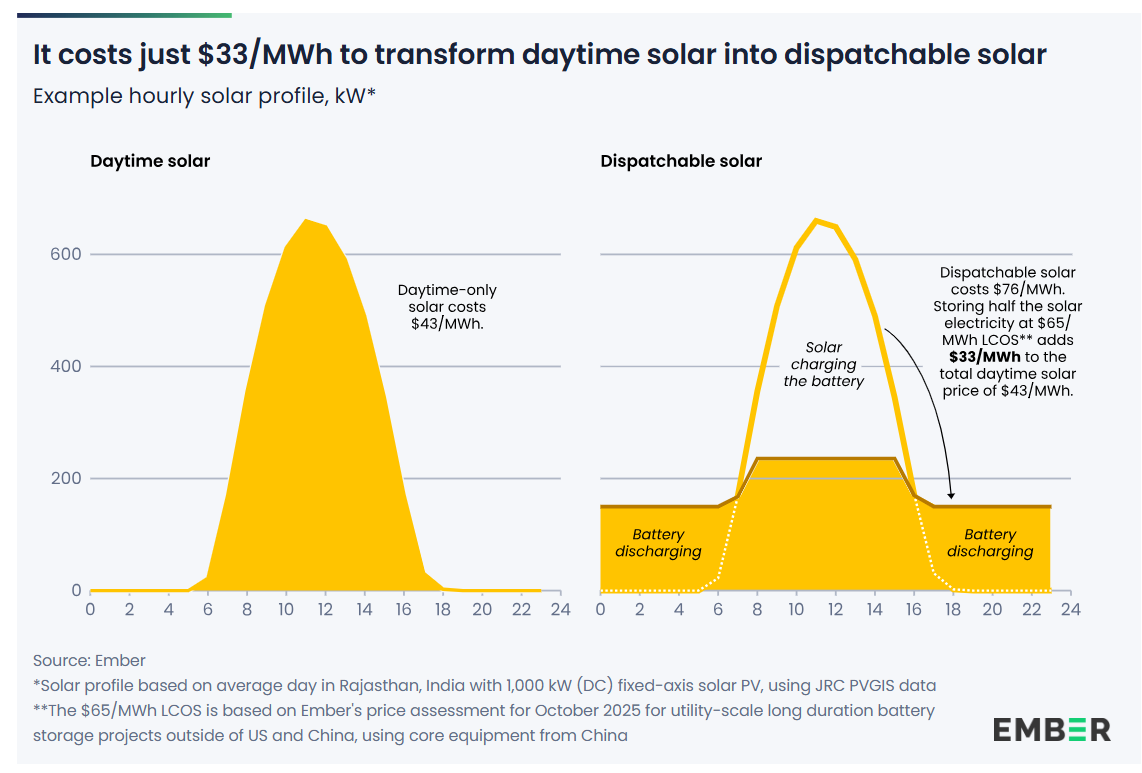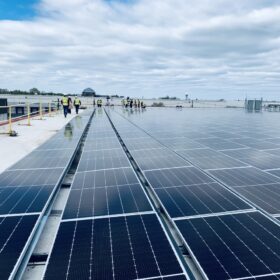From pv magazine global
While yet to achieve the kind of efficiency levels to become commercially attractive, organic photovoltaics have sustained interest at a research and development level, thanks to their potential to be manufactured through simple, low temperature processes using cheap, abundant materials.
Now, a team of scientists at Friedrich-Alexander Universität Erlangen Nürnberg (FAU), in Germany – working alongside the South China University of Technology – has demonstrated further progress with the technology, achieving a record efficiency of 12.25% for an organic, non-fullerene based single-junction PV cell. The record has been certified by China’s National Institute of Metrology.
“For certification, they have to verify the active area – in that case, by masking with a non-refractive mask with certified area of 0.9062cm² on top of the 1.0cm² device; a calibrated light source – AM1.5, w/wo EQE cross calibration; and temperature control,” said Christoph Brabec, Chair of Materials Science – Materials in Electronics and Energy Technology at FAU.
Size matters
The device, described in the paper Fine tuning of the chemical structure of photoactive materials for highly efficient organic photovoltaics, published in the journal Nature Energy, measures 1cm² and is based on an organic molecule discovered by the researchers, which they describe as very durable and able to absorb more light than fullerene-based materials. The team says the device achieved a stability level ‘relevant to production’ in further testing.
In scaling the device up from a laboratory size of just a few square millimeters, the researchers employed optimization techniques to maintain the highest efficiency possible; and noted that with the smaller device, the highest value measured was just under 13%.
“Significant losses frequently occur during scaling,” said Ning Li, of FAU’s Institute of Materials for Electronics and Energy Technology. “Our partners in China inserted and adjusted single molecular groups into the polymer structure, and each of these groups influences a special characteristic that is important for the function of solar cells.”
The next step for the group will be to further scale up the device to module size and then begin the development of practical prototypes.
This content is protected by copyright and may not be reused. If you want to cooperate with us and would like to reuse some of our content, please contact: editors@pv-magazine.com.









I truly enjoy these articles about PV conversion efficiency. How about you guys doing article on what happened to the now defunct SEMPRIUS. An American Concentrator PhotoVoltaic (CPV) company that had SIEMENS financial backing, with a NREL confirmed conversion factor of 41%.
When SIEMENS pulled the plug these American entrepreneurs at SEMPRIUS had to fold. Yet their 41% CPV efficiency is on the shelf and ready to go into the market without the dependence upon federal tax credits.